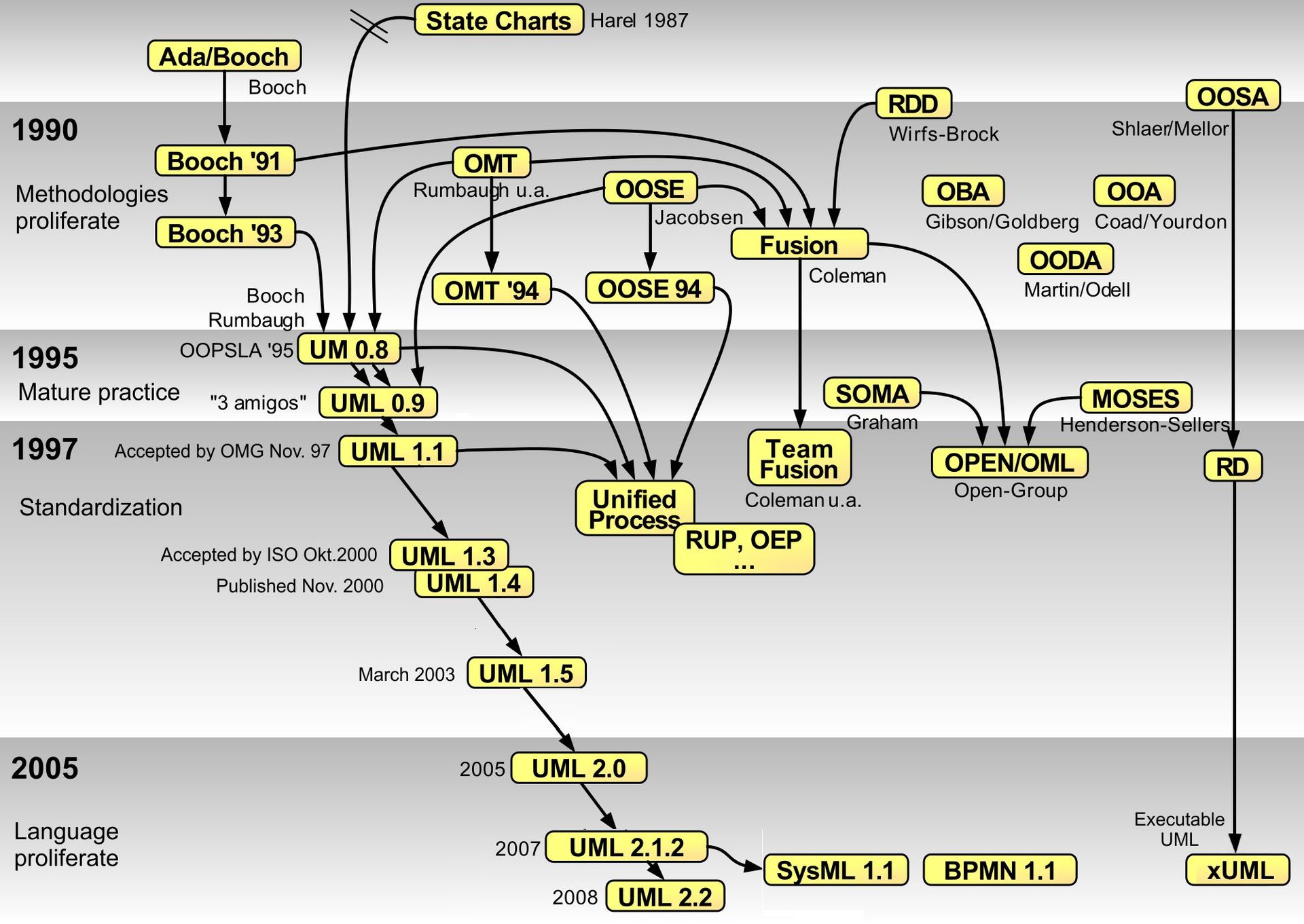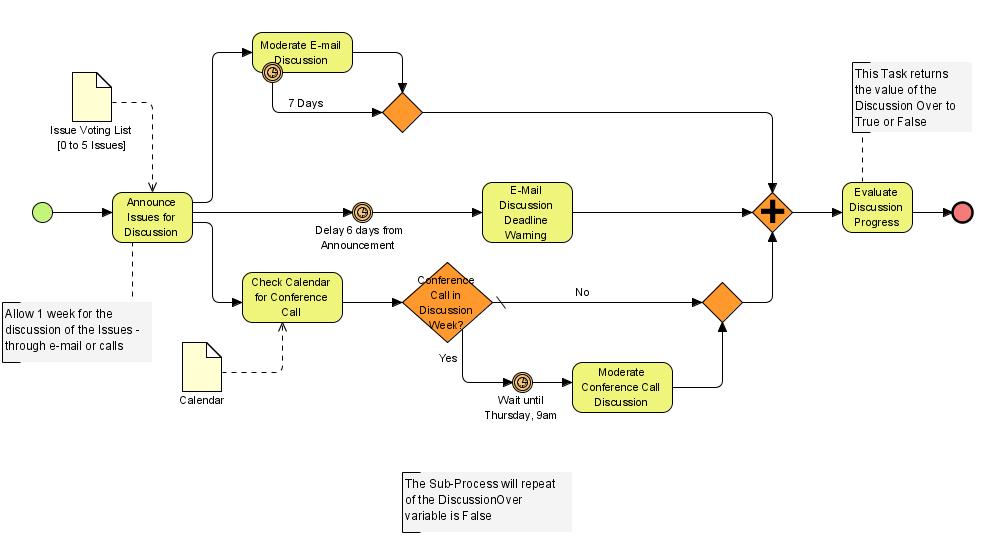Difference Between UML and BPMN
With the increasing demands of customers, the pressure on the software industry is mounting and they are constantly looking for more complex products that are not only efficient but at the same time, easier to use. The organizations are constantly working to produce higher quality products to meet the customers’ increasing demands and requirements. But in doing so, the development teams need to cope with changing technologies and ecosystem such as understaffing which is one of the pressing concerns. This is where process modeling or process management comes to the picture. The idea is to tackle new challenges that the software industry faces each day.
The word process has several denotations in the world of software. In process modeling, a process refers to a set of activities or actions performed over some interval of time in order to accomplish, or to progress to, some goal. Through this article, we intend to address the concept of a business process and compare the two widely used process modeling notations – Unified Modeling Language (UML) and Business Process Model and Notation (BPMN). A software process model is an abstract representation of the architecture, design, or definition of the software process. But the question is whether to use UML or BPMN!

What is Unified Modeling Language (UML)?
The Unified Modeling Language (UML) is a general-purpose visual modeling language in the field of software engineering consisting of an integrated set of diagrams, intended to specify, visualize, construct, and document the artifacts of a software system. It is a standard notation for the modeling of a system, but not a way of designing a system. To use UML, you need to apply a method to it. As the UML is not tied to any particular modeling approach, it can be applied via any design method you wish. The reason for its popularity is that it has been in gestation for a very long time and has been open to public review for a number of years now. The UML specification is intended to support most existing object-oriented development processes.

What is Business Process Model and Notation (BPMN)?
The Business Process Model and Notation (BPMN) is a graphical illustration of business processes in a business process model with the primary goal of providing a notation that is easily understandable by all business users. BPMN was originally conceived and developed by the Business Process Management Initiative (BPMI) in 2004, but the BPMI gave the rights to maintain the BPMN notation to the Object Management Group (OMG) in 2006. BPMN is still maintained by the OMG which owns many specifications including CORBA, UML, CWM, and other industry-specific standards. BPMI itself is a member of several key organizations, including OASIS, W3C, OMG, and WfMC. The BPMN notation is used by business analysts and developers alike to represent a business process in an intuitive visual form.
Difference between UML and BPMN
-
Model of UML and BPMN
– The Unified Modeling Language (UML) is a general-purpose visual modeling language in the field of software engineering consisting of an integrated set of diagrams, intended to specify, visualize, construct, and document the artifacts of a software system.
The Business Process Model and Notation (BPMN), on the other hand, is a graphical illustration of business processes in a business process model with the primary goal of providing a notation that is easily understandable by all business users. The UML notation is primarily focused on modeling software system, but not designing a system, whereas the BPMN notation is focused on modeling business processes.
-
Approach of UML and BPMN
– The UML is inherently an object-oriented modeling language which takes an object-oriented approach to the modeling of applications. This means UML focuses on a standard language but not a standard process, which reflects what happens in reality. The UML notation intends to develop a common, easy to implement meta-model which unifies semantics and from which a common notation can be built.
The BPMN, on the other hand, takes a process-oriented approach to modeling of systems. It focuses on business processes without covering other aspects of an organization and it covers only the description of the notation’s elements.
-
Application Areas of UML and BPMN
– The UML graphical notation is intended to use with object-oriented systems and applications, mainly in areas like web applications, commercial applications, embedded systems, etc. However, it’s not a design method, but it is purely a notation for documenting a design. It gives a standard way to document a system model covering several areas including banking and financial services, telecommunications, retail, transportation, and more.
BPMN is widespread modeling notation used by business analysts, IT developers, and business people who manage the business processes.
UML vs. BPMN: Comparison Chart

Summary of UML Vs. BPMN
In a nutshell, UML is more than just a visual notation; it’s a visual modeling language intended to specify, visualize, construct, and document the artifacts of a software system. UML models can be used to generate code and test cases. It can be used in several different ways in real-world development projects, mainly in areas like web applications and embedded systems. BPMN is common modeling notation which takes a process-oriented approach to modeling of systems and fills the gap between the business process designs and their implementation. The BPMN notation aims to be readily understandable by all business users.
- Difference Between Caucus and Primary - June 18, 2024
- Difference Between PPO and POS - May 30, 2024
- Difference Between RFID and NFC - May 28, 2024
Search DifferenceBetween.net :
Leave a Response
References :
[0]Rumbaugh, J. The Unified Modeling Language Reference Manual. London: Pearson Education, 2005. Print
[1]Briol, Patrice. BPMN: The Business Process Modeling Notation. Morrisville, North Carolina: Lulu Press, 2013. Print
[2]Havey, Micheal. Essential Business Process Modeling. Sebastopol, California: O'Reilly Media, 2005. Print
[3]Acuna, Silvia T. and Natalia Juristo. Software Process Modeling. Berlin: Springer, 2006. Print
[4]Image credit: https://en.wikipedia.org/wiki/Unified_Modeling_Language#/media/File:OO_Modeling_languages_history.jpg
[5]Image credit: https://commons.wikimedia.org/wiki/File:BPMN-DiscussionCycle.jpg
